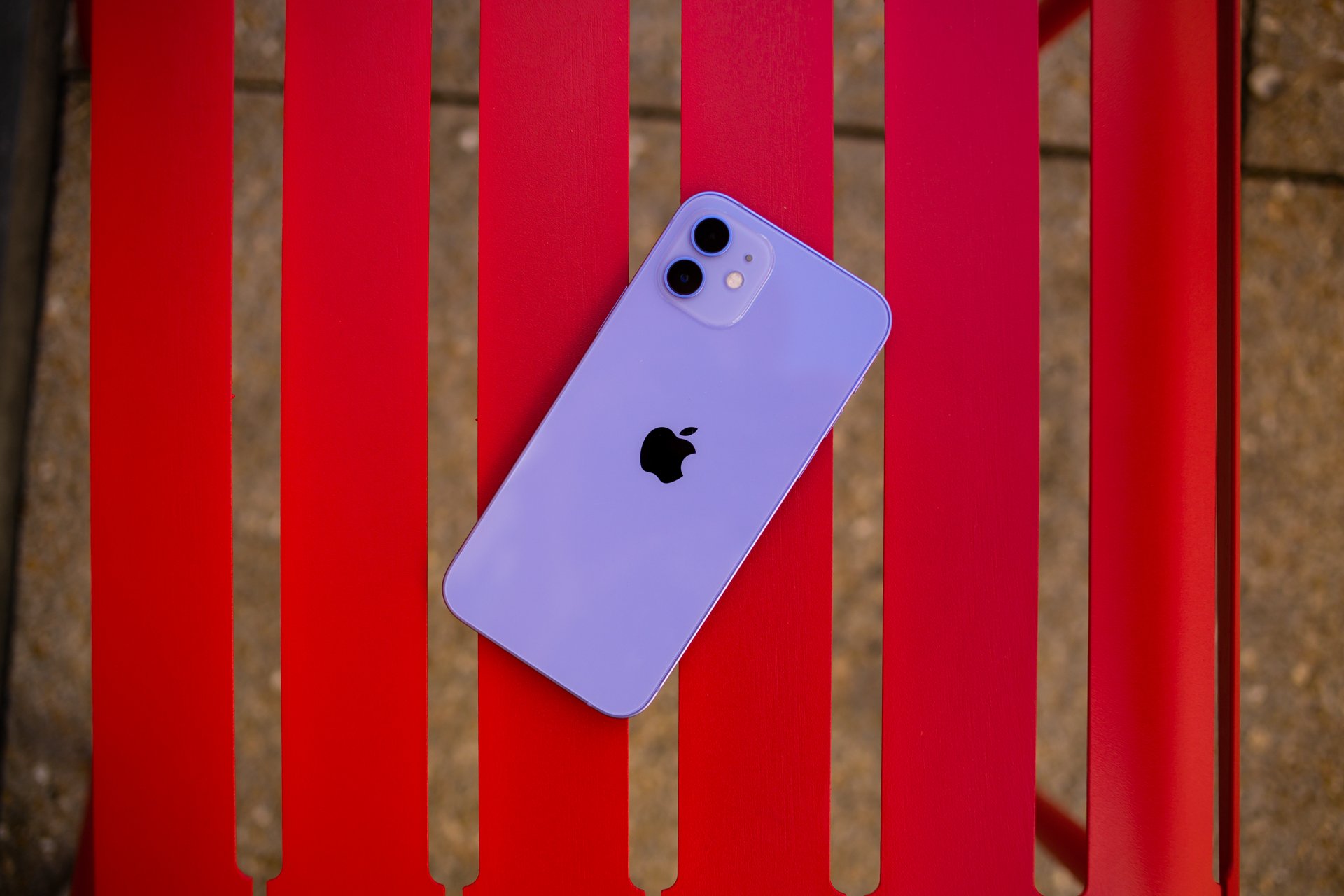Between the regulatory limits of DAS and Apple’s technology, a technical disagreement emerged with the ANFR.
SAR, or specific absorption rate, represents the amount of electromagnetic energy absorbed per unit mass in the body when using a mobile phone. Global health authorities set SAR limits to protect users from the potential harmful effects of electromagnetic waves. In this context, as you know, a case was highly publicized, the iPhone 12 was recently the subject of a declaration from the ANFR, which mentioned an exceeding of the authorized SAR limits. As a reminder, the maximum wave level is set at 4 W/kg. The iPhone 12 released 5.74 W/kg.
9 /10

Apple will roll out an update to fix this. Moreover, the National Frequency Agency (ANFR) has validated this corrective update from Apple. The update will be included in iOS 17.1it arrives a little later this year.
The body distance detection function
Apple has just published a press release on this subject, to return to this event. For over a decade, Apple iPhones have had a feature: body distance detection. This technology allows iPhones to adjust their transmission power when not being held in a hand or placed in a pocket. More specifically, transmission power is slightly increased when an iPhone is placed on a static surface, thus optimizing its performance without compromising user security, according to the Cupertino company.
However, the ANFR test protocol does not take this technological specificity into account. The French agency’s tests are carried out without consideration of the distance detection mechanism, which, according to Apple, would lead to SAR measurements not representative of the actual use of the devices. To conform the iPhone 12 to French requirements, a software update has been deployed, deactivating the body distance detection function and therefore limiting the power increase.
The implications of this technical and regulatory dispute for end users will be minimal, but notable. Indeed, the software update deployed on iPhone 12s in France could lead to a slight decrease in cellular performance in areas of low coverage. However, Apple assures that most users should not experience any significant difference in the daily use of their device.
